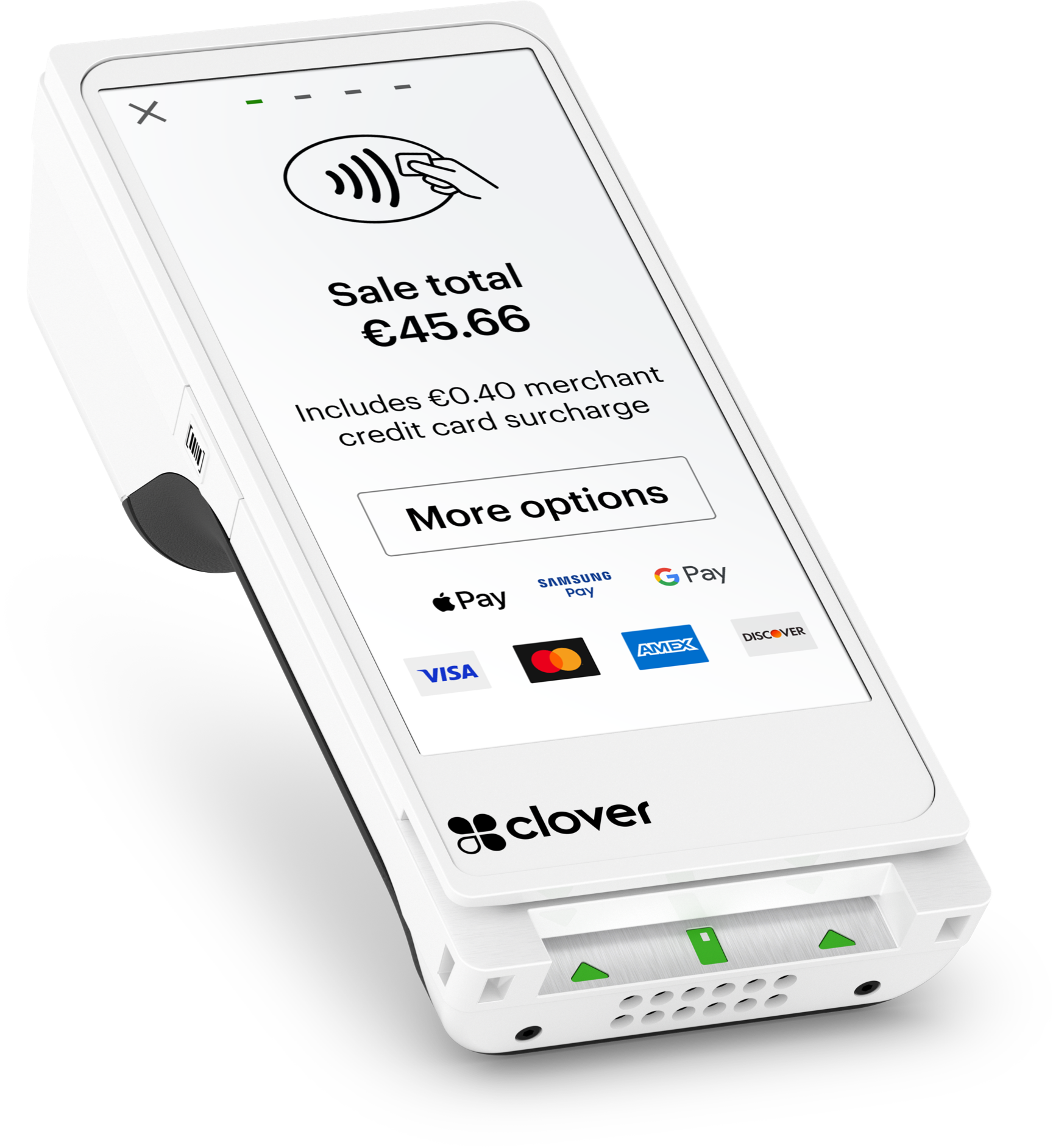Discover how integrating payments processing into your software can streamline operations and enhance user experience.
Understanding Payments Processing Integration
Payments processing integration refers to the process of incorporating payment processing capabilities into your software through the use of APIs (Application Programming Interfaces) and SDKs (Software Development Kits). This integration allows your software to accept and process payments from customers seamlessly, without the need for manual intervention.
By integrating payments processing into your software, you can provide a convenient and efficient payment experience for your users. Whether you're running an e-commerce platform, a subscription-based service, or a mobile app, integrating payments processing can significantly streamline your operations and enhance the overall user experience.
To understand payments processing integration better, it's essential to familiarize yourself with the various components involved. These may include payment gateways, merchant accounts, and security protocols. By understanding how these elements work together, you can ensure a smooth and secure payment process for your customers.
Benefits of Payments Processing Integration
There are several benefits to integrating payments processing into your software:
1. Streamlined Operations: Integrating payments processing eliminates the need for manual payment handling, reducing the risk of errors and saving time for both you and your customers.
2. Enhanced User Experience: By providing a seamless and secure payment process, you can improve customer satisfaction and increase customer retention.
3. Increased Revenue Opportunities: With payments processing integration, you can expand your business by accepting various payment methods and reaching a broader customer base.
4. Improved Security: Payments processing integration allows you to implement robust security measures, such as encryption and fraud detection, to protect sensitive customer data and prevent unauthorized transactions.
5. Access to Analytics and Reporting: Many payments processing providers offer analytics and reporting tools, allowing you to gain valuable insights into your customers' payment behavior and make data-driven decisions to optimize your business.
By leveraging these benefits, you can take your software to the next level and stay ahead of the competition.
Choosing the Right Payments Processing Provider
When it comes to integrating payments processing into your software, choosing the right payments processing provider is crucial. Here are some factors to consider:
1. Reliability and Reputation: Look for a provider with a proven track record of reliability and excellent customer service. Check reviews and testimonials from other businesses to gauge their reputation.
2. Supported Payment Methods: Ensure that the provider supports the payment methods relevant to your target audience. Whether it's credit cards, digital wallets, or other alternative payment options, make sure your chosen provider can accommodate your customers' preferences.
3. Integration Ease: Consider the ease of integrating the provider's API or SDK into your software. Look for documentation, developer resources, and support channels to ensure a smooth integration process.
4. Pricing Structure: Evaluate the pricing structure of the provider to ensure it aligns with your budget and business model. Consider any setup fees, transaction fees, or other charges associated with the integration.
By carefully considering these factors, you can select a payments processing provider that meets your specific needs and sets you up for success.
Implementing Payments Processing Integration
Once you have chosen the right payments processing provider, it's time to implement the integration into your software. Here are some steps to follow:
1. Understand the Documentation: Familiarize yourself with the provider's API or SDK documentation. Pay attention to the integration process, required parameters, and any specific guidelines.
2. Develop or Customize Your Software: Depending on your existing software infrastructure, you may need to develop new features or customize your software to accommodate the payments processing integration. Consider working closely with your development team or hiring external experts if needed.
3. Test and Debug: Before going live, thoroughly test the integration to ensure it functions correctly. Conduct various test scenarios, including successful and failed transactions, to identify and fix any issues.
4. Secure Your Integration: Implement robust security measures to protect sensitive customer data and prevent unauthorized access. Follow industry best practices, such as encryption, tokenization, and two-factor authentication.
5. Monitor and Optimize: Once the integration is live, continuously monitor its performance and gather feedback from users. Use this data to identify areas for improvement and optimize the payment process for better user experience and increased conversion rates.
By following these implementation steps, you can successfully integrate payments processing into your software and provide a seamless payment experience for your customers.
Best Practices for Payments Processing Integration
To ensure a successful payments processing integration, consider the following best practices:
1. Optimize for Mobile: With the rise of mobile payments, it's crucial to prioritize mobile optimization. Ensure that your payment interface is responsive, user-friendly, and compatible with various mobile devices and operating systems.
2. Offer Multiple Payment Methods: Provide your customers with a range of payment options to accommodate their preferences. From credit cards to digital wallets and alternative payment methods, offering flexibility can enhance customer satisfaction and increase conversion rates.
3. Maintain PCI Compliance: PCI DSS (Payment Card Industry Data Security Standard) compliance is essential for handling credit card data securely. Ensure that your software and integration meet the necessary security requirements to protect your customers' sensitive information.
4. Provide Clear Error Handling: Errors can happen during the payment process. Ensure that your software provides clear and helpful error messages to guide users and minimize frustration.
5. Regularly Update and Maintain: Stay up to date with the latest versions of the payments processing provider's API or SDK. Regularly update and maintain your integration to benefit from new features, bug fixes, and security patches.
By following these best practices, you can optimize your payments processing integration and provide a seamless payment experience for your users.




